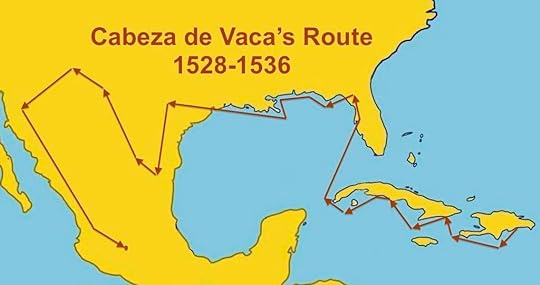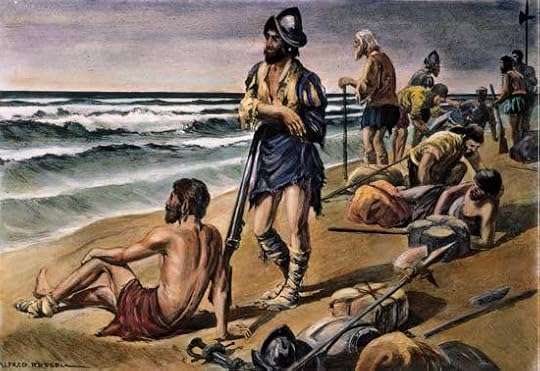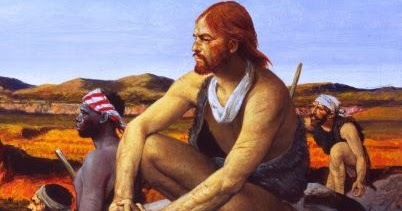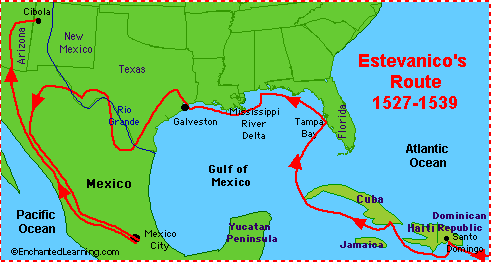What do you think?
Rate this book


321 pages, Hardcover
First published September 1, 2014





"In 1527, the conquistador Pánfilo de Narváez sailed from the port of Sanlúcar de Barrameda with a crew of six hundred men and nearly a hundred horses. [sic] Within a year there were only four survivors..."